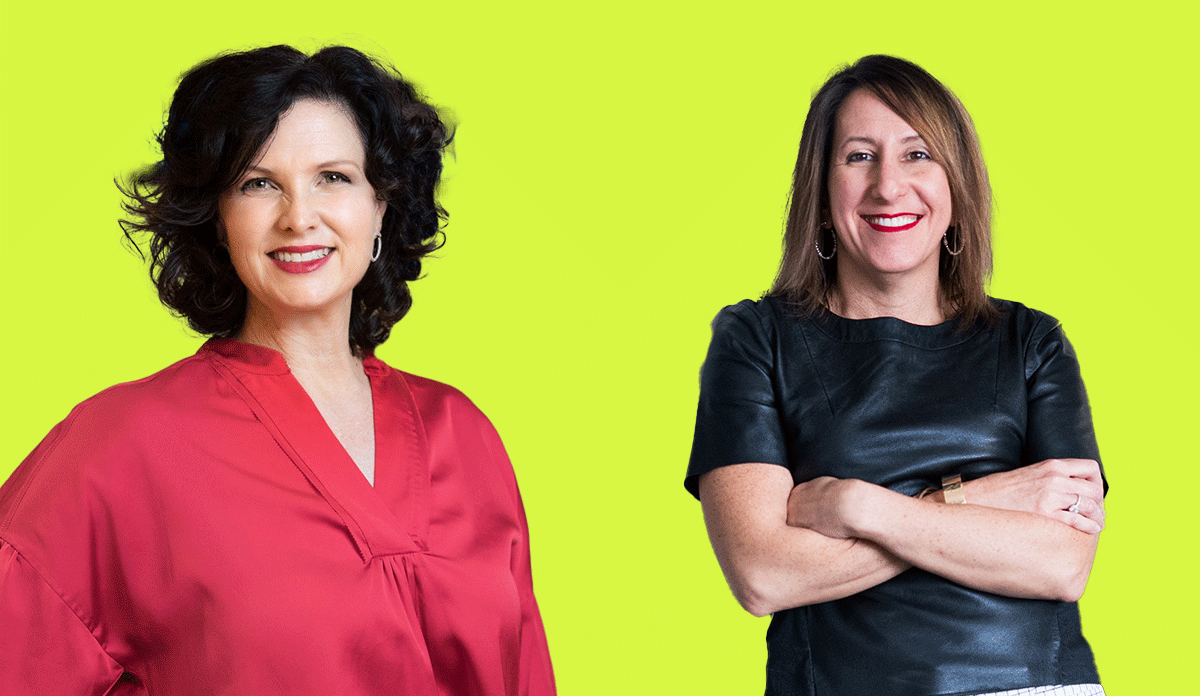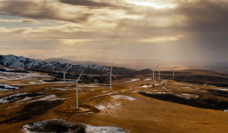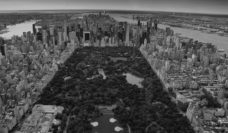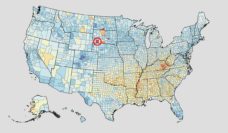Public Health Post: Why is heat a threat to health?
Kathy Baughman McLeod: Heat is an air mass that sits over a community, and its impacts on health are myriad, including stress, dehydration, and heat stroke. Not having cool nighttime temperatures impacts sleep. You don’t wake up as rested and refreshed, and that means you make more mistakes at work. It can exacerbate existing conditions in people who are older or have asthma, heart disease, or renal system issues. In particular, it preys on people in low income and communities of color, where there are very few trees and housing practices and zoning effects are seen.
Roseann Bongiovanni: Communities like Chelsea are shouldering these environmental burdens because of racist structural practices and systems that have oppressed low income communities and communities of color for decades. Lack of open space, lack tree canopy cover, areas that are industrial, urban neighborhoods, have poor air quality due to vehicular traffic and it just feels almost like you can’t breathe, particularly during hot periods and long stretches of heatwaves.
What are the biggest challenges around heat?
RB: We live in the Boston area where it is cold for ten months out of the year, so people think heat is not that big of a deal. Gaining traction that this is a serious, critically important, and immediate issue is one of our biggest challenges. The second challenge is funding. There is so much that can be done, but it costs a lot of money.
KBM: The biggest challenge is people do not understand the magnitude of the risk and impacts. We don’t fully understand heat and we don’t have good data for it. If it’s the silent killer, but if it kills more Americans than any other climate-driven hazard, it can’t be silent. How can you solve a problem if you don’t know about it? That’s the biggest challenge.
What are some of the strategies to minimize the effects of heat?
KBM: First, we have to get our act together on emissions. Then, we have to think about short-term and long-term adaptations. We are encouraging the naming and ranking of heatwaves, like hurricanes, to give them more attention. It gives them a media spotlight. Creating a chief heat officer and political leadership with an understanding of heat is essential, as is having an accessible public tool for understanding individual heat risk. Arranging funding at a local level through a forecast-based insurance product so when the forecast for the heatwave comes, that is what triggers money for people to bring generators, and triggers policies that prevent utility cutoffs for households with unpaid bills. Then you would have long-term access to capital that’s affordable for communities to invest in increased tree cover, cooler surfaces, even assessments to figure out where the most vulnerable people live and the greatest opportunities for cooling them.
RB: At the community level: trees, open space, air quality, and cooling and hydration centers. Or you can look at the individual level: providing air conditioning, and home energy efficiency including white and reflective roofs. Both are big, long-term strategies that require a lot of partnership and a lot of collective effort to achieve.
What do you think people should know about heat that they don’t know?
KBM: I think all people should make a personal heat risk assessment. Who in my family is vulnerable to heat? When are we vulnerable? What does that mean and what should I do to be prepared? We should ask: Do our leaders understand heat? If not, we need to communicate about heat to our public officials.
Want to learn more about what you should be aware of during a heatwave? WHO Heat and Health. City Adaptations Resource. Reach out to local organizations doing heat resilience work or contact your city and county governments to start taking action.
Photos courtesy of Roseann Bongiovanni, taken by Jackie Riccardi, and Kathy Baughman McLeod.














